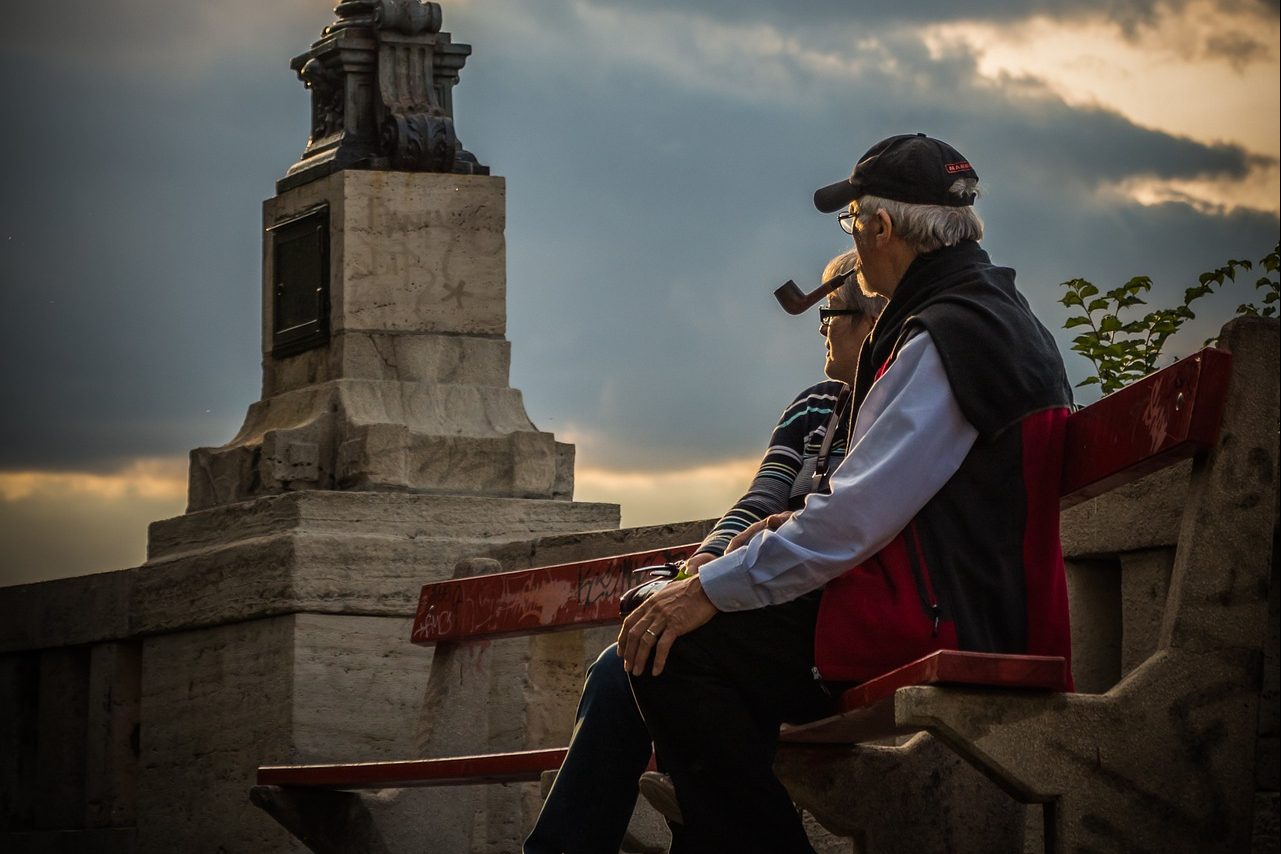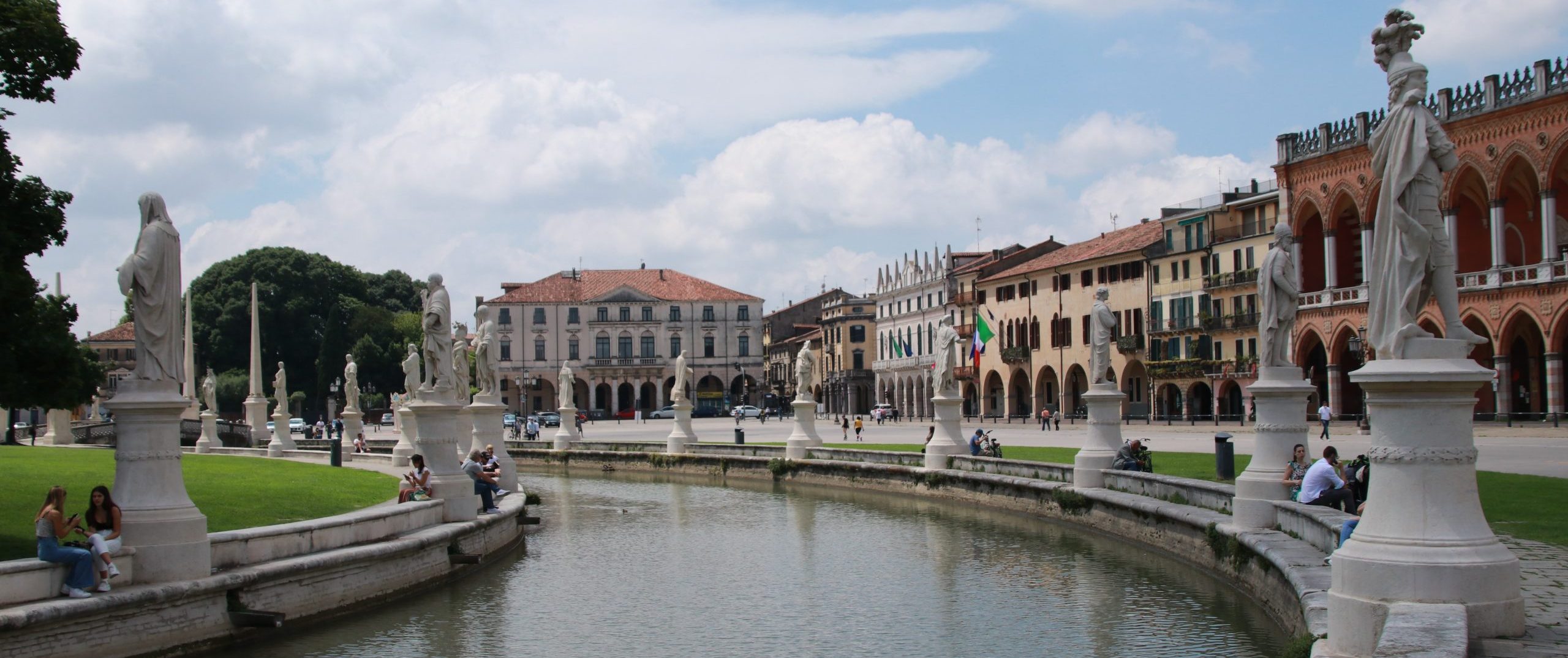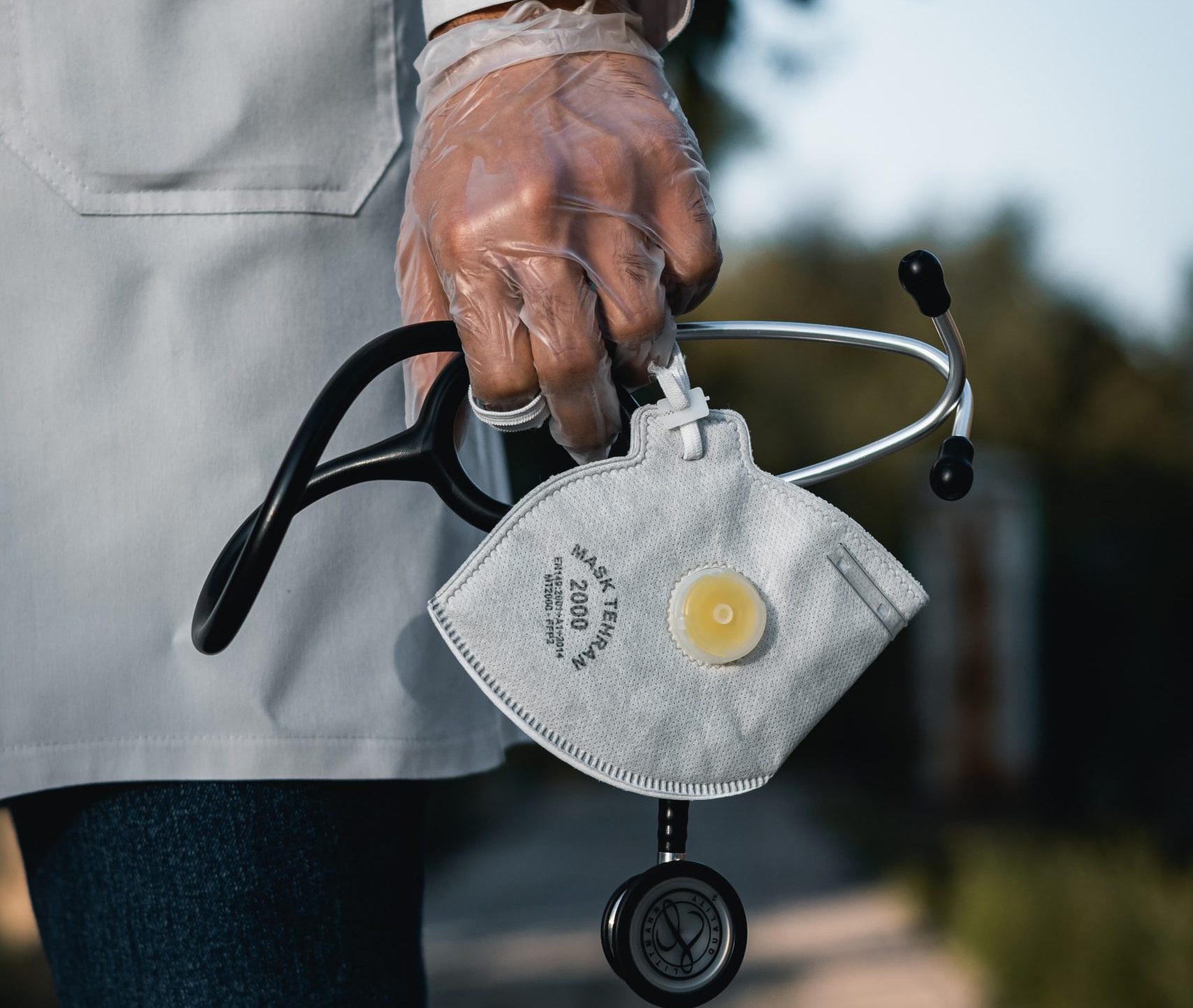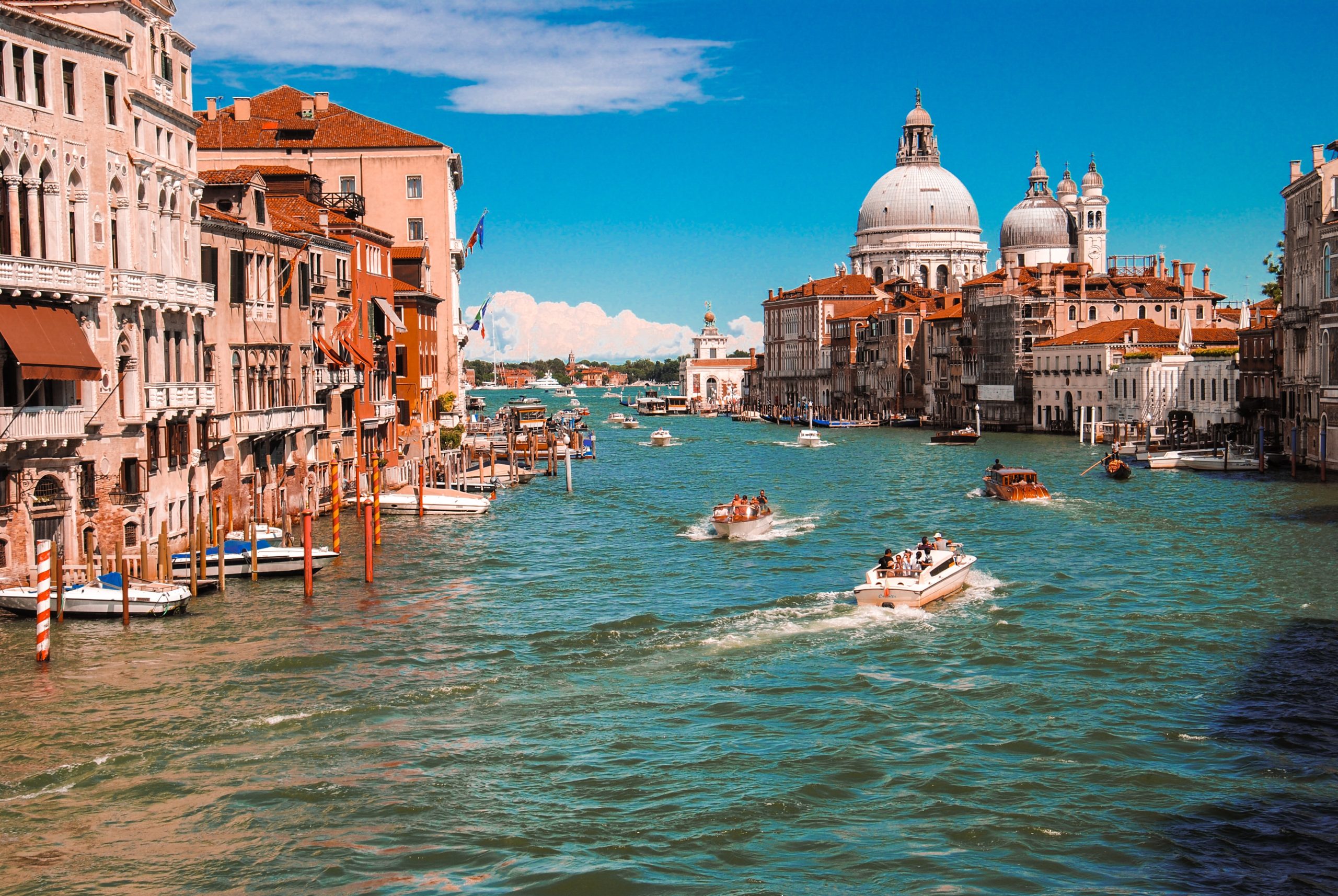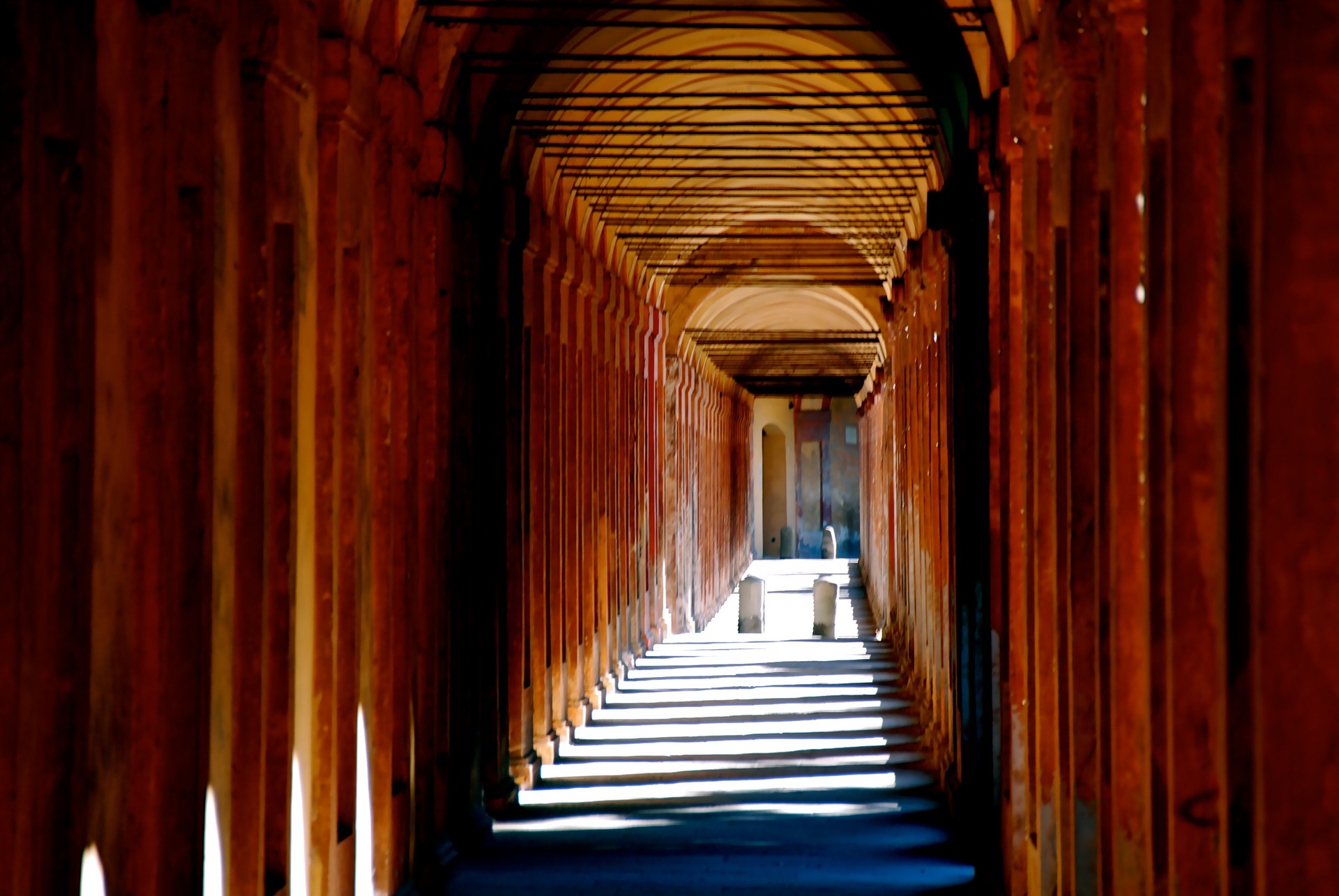The secondary school in Italy is articulated in the lower secondary school from 11 years to 14 years of age, and the upper secondary school from 14 years of age to 19 years of age. Note that the lower secondary school is mandatory, while the upper secondary school courses are mandatory until the student is 16 years of age.

Table of Contents
ToggleLower secondary school
The lower secondary school or Scuola Media is mandatory for all the children from 11 years of age up to 14. The curriculum of at least 30 hours per week can be increased to 40 hours per week if the local school budget has enough resources to finance additional classes which may include:
- Computer science;
- Foreign languages;
- Sports;
- Music lessons;
- Chess club.
The school year is normally divided into two four month periods, at the end of which every student receives a report regarding the marks received in every subject, including the mark on their behavior in class.
At the end of the third year of middle school, the students sit an exam consisting of written papers in Italian, Mathematics, Science, and the foreign language subject; upon passing it, each student sits an oral exam including all the subjects.
Successful candidates are rewarded the Diploma di Licenza Media allowing them to pursue their studies and access the High School system of Italy.
Upper secondary school
The upper secondary school or Scuola superiore lasts 5 years, and it is normally divided into a two year mandatory general study course and the last three years of specialization.
Students must choose their school and the curriculum after the middle school:
- Liceo classico;
- Liceo scientifico;
- Liceo artistico;
- Istituto tecnico industriale;
- Istituto tecnico economia e finanza;
- Istituto tecnico per geometri;
- Istituti professionale.
Normally every school district includes all of the above schools and courses, however certain areas might have technical and professional schools reflecting the economic activities in their district. For instance, there might be touristic schools, sport schools, ceramic schools and so on.
It is possible to switch from one school to another at the end of the year, or during the year. In the first two year of education the transfer is smoother, as normally no entry test is required; if the transfer takes place later, the student must show proficiency in the specific subject of the entrant school.
In order to receive the Diploma di Maturità, students need to sit a written and oral exam at the end of the high school year. The test consists of national guided tests to be administered to each school (therefore the test is the same in each school of Italy), the examining commission include professors from the school as well as professors from other district schools.
The exam has a score from 1 to 100, and the passing mark is 60. The student can score a maximum of 60 in the final exam, while 40 points are accrued throughout the school history.
The high school diploma allows the student to pursue the studies at the University.


